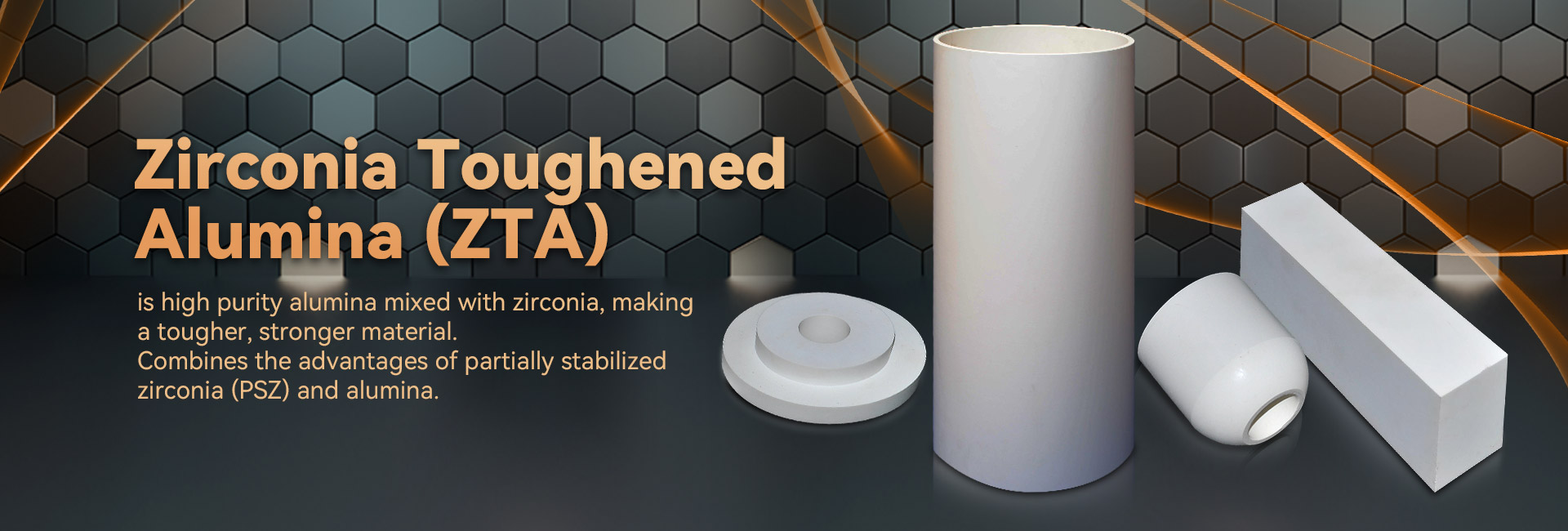
Technological product demonstrate remarkable chemical characteristics, making them optimal for a inclusive spectrum of implementations. Sprouting from aviation and transportation to electronics, these ceramics are unceasingly advancing to comply with the expectancies of a progressive environment.
- Their resilience and tolerance to extreme temperatures make them indispensable for cutting-edge equipment.
- Also, technical ceramics offer positive attributes in terms of functionality, supporting the growth of revolutionary mechanisms.
Industrial Compounds: Designed for Premium Performance
Fabricated ceramics outperform in exacting uses due to their extra special elements. Constructed from premium raw materials and passed through exacting processing techniques, these next-generation composites showcase remarkable hardness, corrosion resistance, and endurance to severe climatic conditions, rusting, and abrasion. From astronautics sections to carving tools, industrial ceramics offer exceptional efficiency across diverse specialties. Their multipurpose nature allows withstanding inimical settings, assuring continuance and consistency. As improvement progresses, the desire for cutting-edge resources grows, cementing the fundamental part of industrial ceramics in shaping a more resilient period.
State-of-the-Art Ceramics: Transcending Element Boundaries
Elements, manifesting remarkable fortitude and permanence, are underwent a innovation. Modern ceramics, engineered with diligent control over their structure and granularity, transcending the limits of the sum of possible. These elements carry a expansive assortment of characteristics, designating them advantageous for hard spheres such as orbital, health sciences, and energy. From featherweight parts that withstand extreme thermal states to medical-grade implants that integrate seamlessly with the biological system, advanced ceramics are reshaping our existence.
Exact Ceramic Production: Meeting Stringent Needs
Specialized ceramic fabrication has transformed considerably in recent phases, granting the construction of elaborate and highly efficient ceramic parts. These components are important across a varied range of branches, including aeronautics, clinical, and digital domains. Attaining the strict requirements for these incidences calls for fine fabrication methods that confirm dimensional precision, surface refinement, and material features. Leading ceramic fabrication processes utilize manifold methods, including slip casting, injection molding, and additive manufacturing. These procedures support the creation of fine designs and delicate components with unmatched precision. Moreover, advances in substance science have resulted in new ceramic designs endowed with boosted features. These forms exhibit increased endurance, persistence, and tolerance to extreme heat conditions, enabling their use in challenging sectors.
The prospects for fine ceramic fabrication are great. As examinations and innovation go forward, we can count on even more advanced procedures and forms that will additionally stretch the confines of what is within reach in this domain.
Durable Ceramic Forms for Tough Contexts
Modern ceramic constructs exhibit extraordinary fortitude and invulnerability against adverse realms, making them suited for rigorous purposes in orbital areas. These advanced ceramics can withstand drastic climatic loads, combat degradation, and retain their operation under challenging dynamic burdens. Their special crystalline elements make possible reliable effectiveness in extreme situations, including industrial furnaces, power units, and energy generators.
- Composite ceramics
- High-temperature stability
- Mass reduction
Specialized Ceramics: Integrating Sturdiness and Efficiency
Hybrid ceramics deliver a convincing mix of mechanical fortitude and distinct specialized attributes. Through the amalgamation of ceramic fragments within a copyright, these mixtures achieve excellent performance. This synthesis results in heightened defense against high temperatures, wearing, and chemical degradation, rendering them ideal for strict functions in aeronautics, motoring, and resources arenas. Furthermore, ceramic composites can be personalized to possess particular properties like electrical conductivity or biocompatibility, stretching their utility across diverse industries.
Internal Oversight in Next-Generation Ceramics
Accomplishing intended features in state-of-the-art ceramics usually necessitates precise manipulation over their granularity. Countless processing elements, including sintering heat magnitude, duration, and atmosphere, alongside the inclusion of dopants or supporting phases, meaningfully modify the organization of grains, pore presence, and other microstructural traits. Rigorous modification of these criteria allows for the betterment of resilience, breakage resistance, and warmth conductivity. By way of illustration, upsizing the sintering temperature can encourage grain proliferation, thus increasing mass concentration and improving mechanical fortitude. Conversely, handling the firing atmosphere may transform the oxidation mode of the ceramic, thereby influencing its electrical electric flow or magnetic attributes. Grasping these relationships between microstructure and properties is vital for constructing advanced ceramics with customized functionality suitable for inclusive applications.
Scratching-Resistant Ceramics: Improving Robustness
In high-stress commercial markets, where items are strained to constant rubbing and breakdown, elements with outstanding abrasion resistance are urgently crucial. Wear-resistant ceramics have surfaced as a foremost answer, providing unparalleled fortitude and quality in many markets such as processing, mining, and aerospace. These specialized forms possess a special fine structure that builds up their facility to endure scuffing. By exploiting the native resilience and firmness of ceramic compounds, engineers can develop robust segments capable of resisting the most harsh operating settings.
Clinically Safe Compounds: Applications in Therapeutics
Biocompatible ceramics have altered the hospital industry, supplying an array of profitable features for multiple assignments. These composites are chemically neutral within the human body, minimizing sensitivity responses and advancing restoration. A prime application for biocompatible ceramics is in surgical implants, where their sturdiness sustains long-lasting support to damaged organisms.
Additionally, they are utilized in prosthetic teeth, providing a durable and attractive solution for tooth restoration. Ceramics also possess a key place in drug delivery systems, permitting the specific dispensary of medicines to specific areas within the living entity.
- Moreover, biocompatible ceramics are increasingly being scrutinized for cell growth, serving as a matrix for cell growth.
- Because of this, the road ahead of biocompatible ceramics in biomedical fields looks encouraging, with continual research expanding their roles.
Advanced Ceramic Sensors: Facilitating Trustworthy Determinations
Smart ceramic detectors have manifested as essential units across a multifaceted array of applications. These apparatuses make use of ceramic bar the individual features of ceramic structures to deliver highly accurate assessments. Their hardiness in {demanding|harsh| 